Commercial Solar Still a Smart Investment, But Incentives Are Changing
While solar is a sound investment for the future, maximizing federal tax credits now requires careful planning and quick action in 2025.

The fundamental value of commercial solar, long-term financial stability, predictable energy costs, and increased energy independence, remains strong. However, recent federal legislation has drastically altered the landscape of tax incentives, creating a new urgency for businesses considering an installation.
Why commercial solar is a smart long-term investment
Beyond the tax credits, the benefits of commercial solar are built to last for decades:
- Operational cost savings and stability: Solar energy significantly reduces electricity bills and hedges against rising utility rates, as Wisconsinites are expected to experience continued increases in the cost of purchasing electricity.
- ROI: On-site generation improves the value of your property and provides a good return on an asset you own.
- Environmental stewardship: Investing in renewables boosts brand image and demonstrates a commitment to sustainability, and adds a unique marketing opportunity.
- Increased property value: Buildings with solar installations can see improved net operating income (NOI) and higher resale values.
A new reality for federal incentives:
With the signing of the "One Big Beautiful Bill Act" (OBBBA) on July 4, 2025, and subsequent IRS guidance, the rules for federal incentives have changed, affecting commercial projects under Sections 48E and 45Y.
Key changes for commercial solar:
- Firm Deadlines: To secure the full 30% tax credit, wind and solar projects now face strict timelines. The sunset of the credit depends on when construction begins:
- Projects that begin construction in 2025 are exempt from complex Foreign Entities of Concern (FEOC) compliance rules, which will grow stricter each year.
- If the project starts construction by July 4, 2026, the business must complete the project within four years.
- If construction begins after July 4, 2026, the project must be installed and placed in service by December 31, 2027.
- Stricter "Beginning of Construction" Rules:
- As of September 2, 2025, the simpler 5% "safe harbor" test is no longer available for new projects over 1.5 MW. These larger projects must now perform "physical work of a significant nature" to meet the "commence construction" requirement. For smaller projects under 1.5 MW, the 5% safe harbor test is still available until the July 4, 2026, deadline.
- New Foreign Entity Rules:
- Starting January 1, 2026, projects become subject to new restrictions on sourcing equipment from FEOC. Projects that begin construction in 2025 are exempt from these complex compliance rules, which will grow stricter each year.
Why you should act in 2025:
For businesses with solar plans, moving forward in 2025 offers a unique opportunity to maximize financial returns under the most favorable rules:
- Lock in the highest incentives: Secure the full 30% tax credit while also potentially taking advantage of 100% bonus depreciation for maximum first-year tax savings.
- Avoid complex regulations: By starting construction in 2025, you bypass new and stricter sourcing restrictions (FEOC) that take effect in 2026. This simplifies your supply chain management and reduces the risk of non-compliance penalties.
- Secure a longer completion window: Starting construction in 2025 locks in the eligibility for a four-year placed-in-service window. This gives your business a larger cushion of time to complete the project, navigate supply chain issues, and handle any unexpected delays compared to waiting until 2026.
The window for seizing these benefits is tighter than it has ever been. Given the months-long process for commercial installations, including design, permitting, and construction, delaying past 2025 could mean missing out on significant tax savings.
Disclaimer: We are not tax professionals; we are solar experts. Please consult with your tax advisor to see how the Federal Tax Credit can work best for you.
SOURCES:

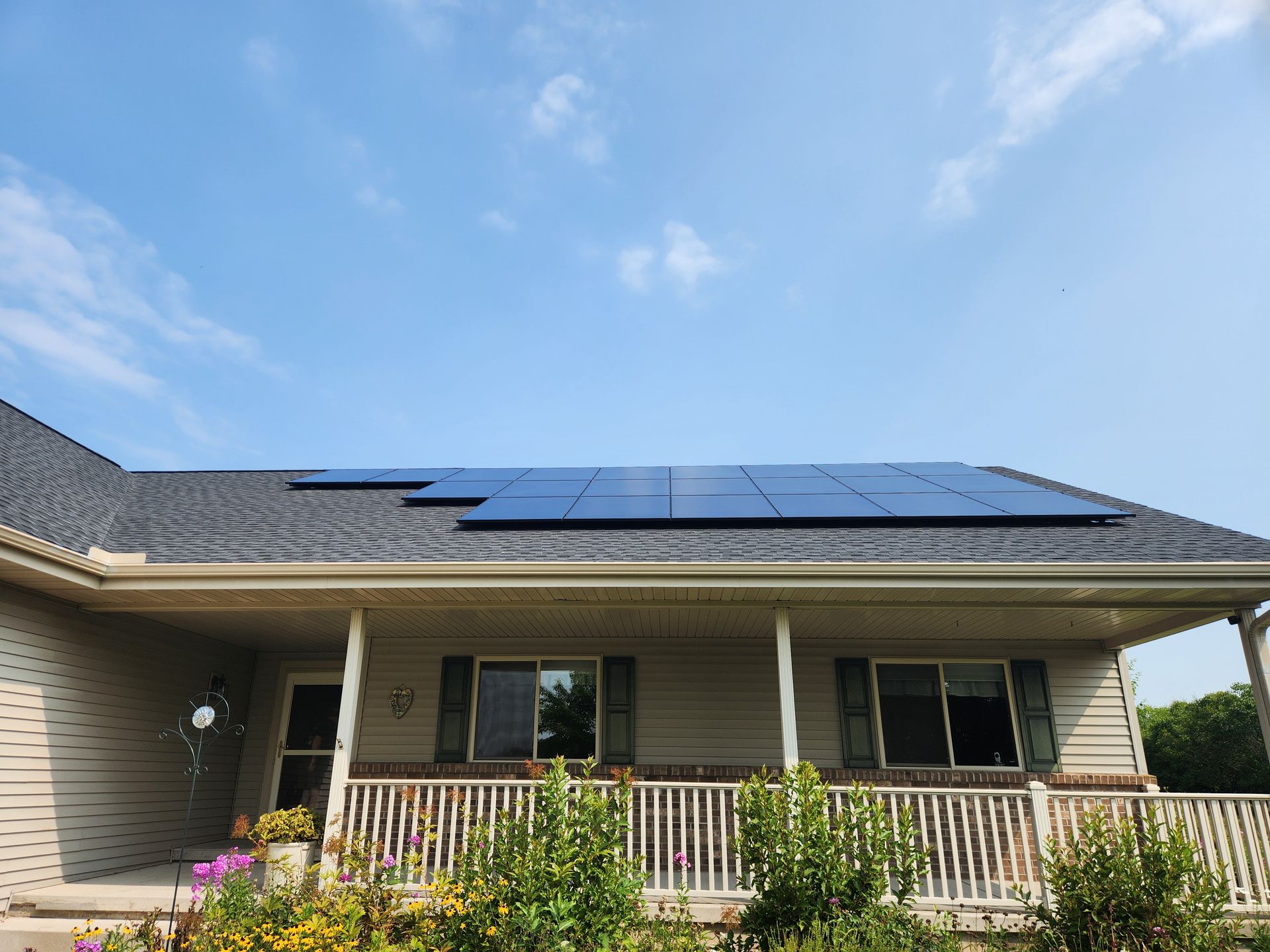
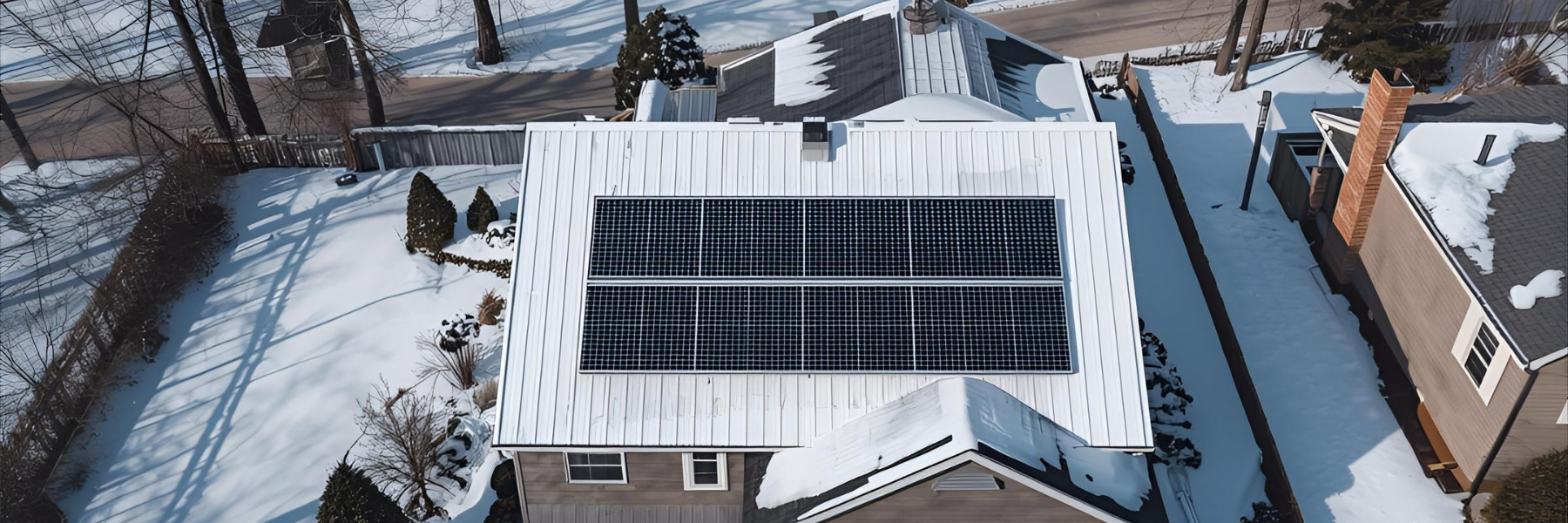

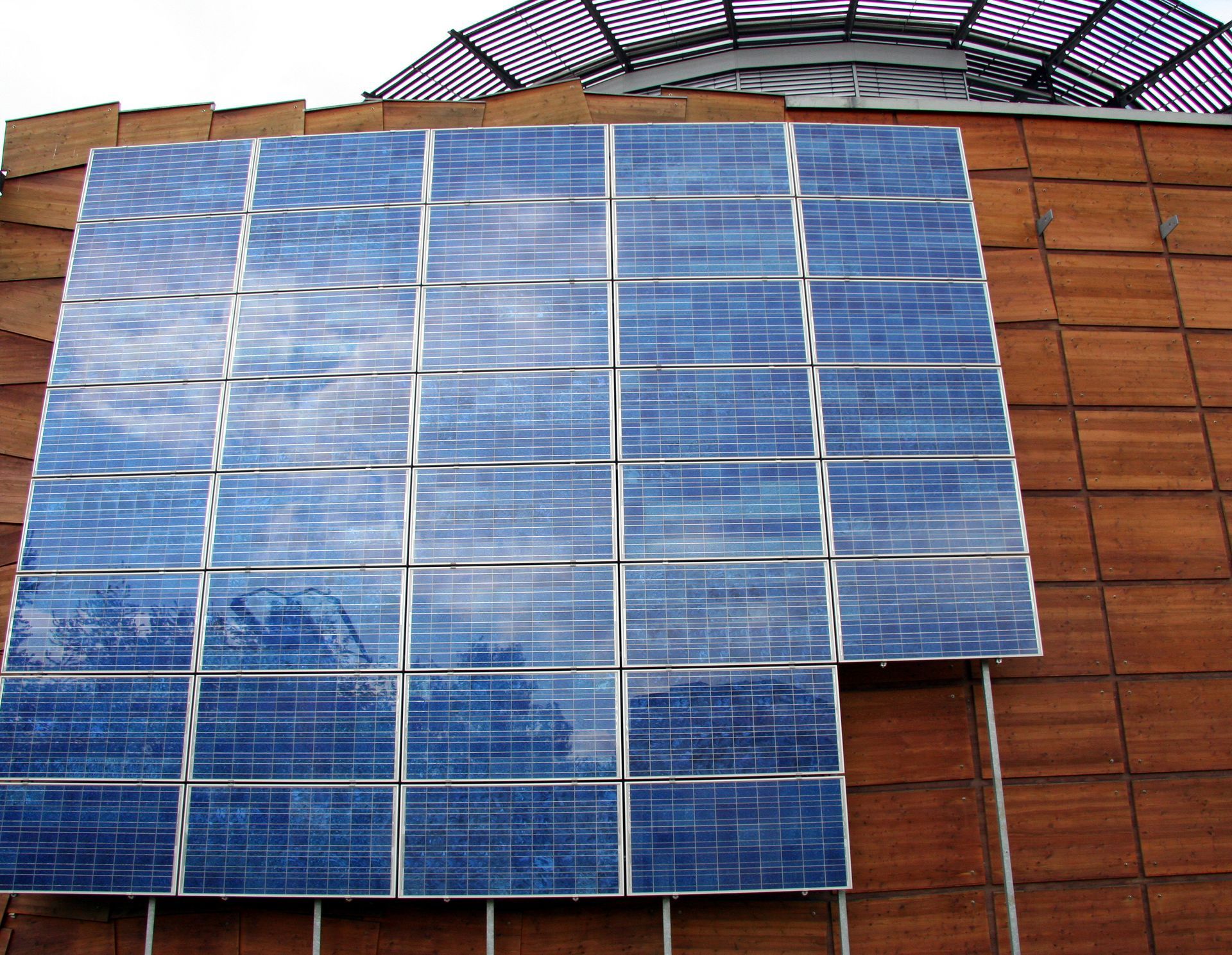
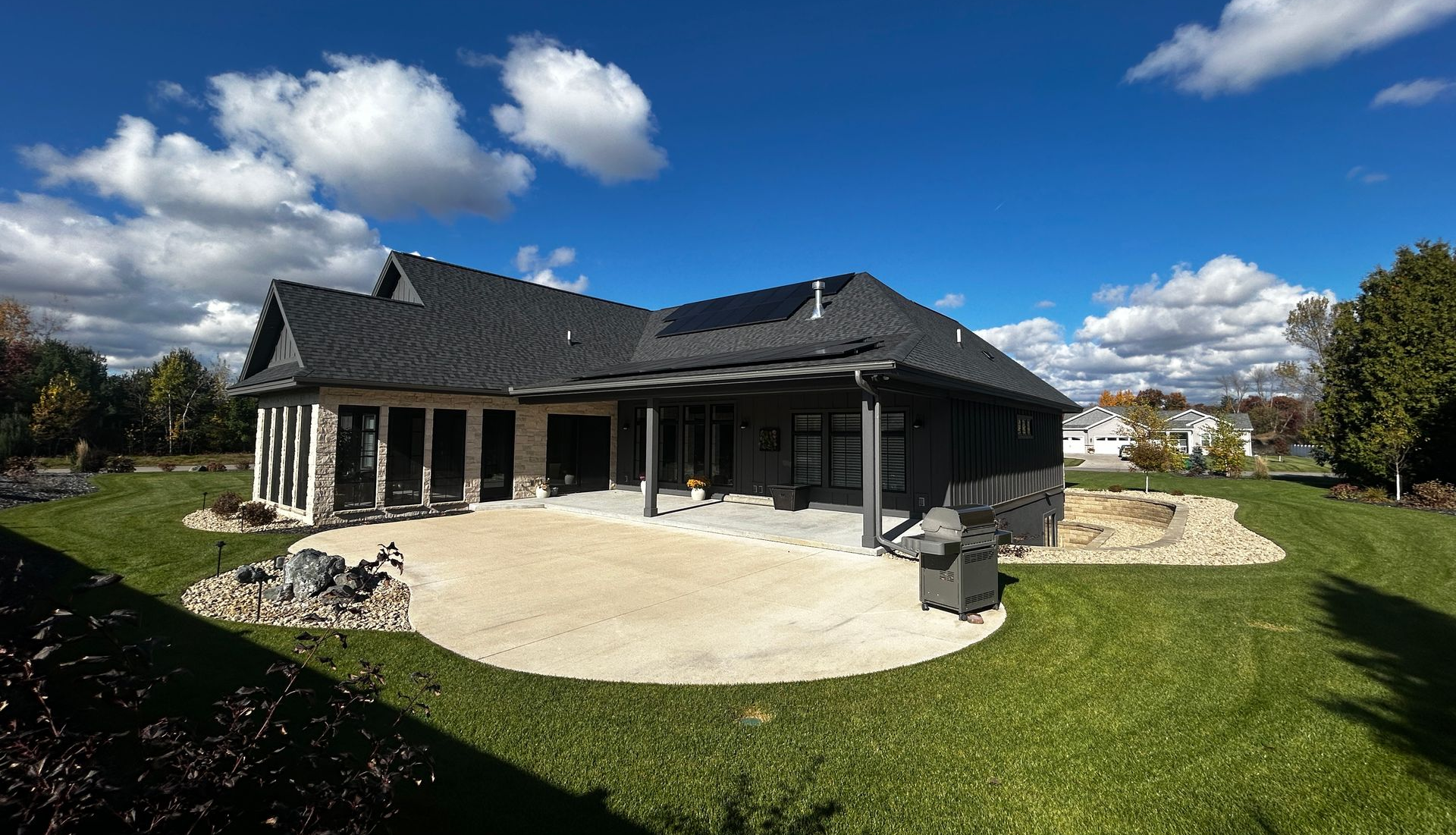
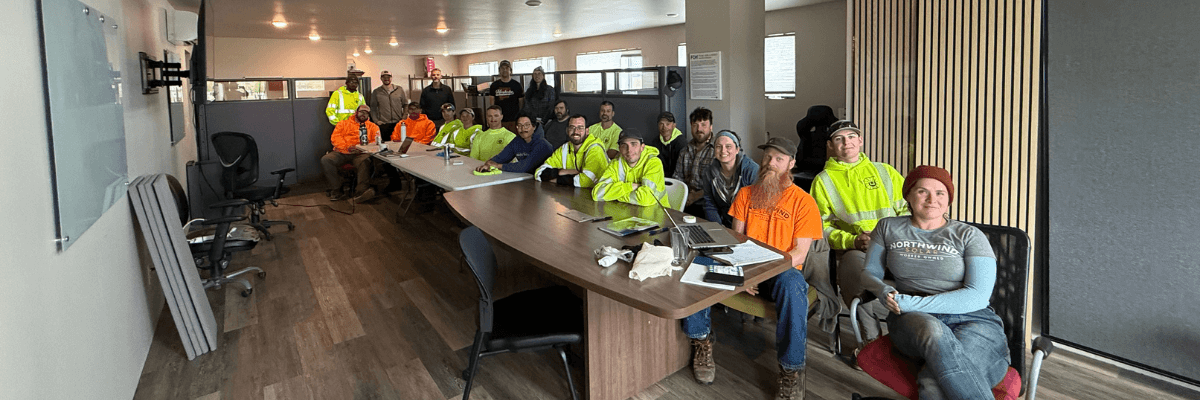





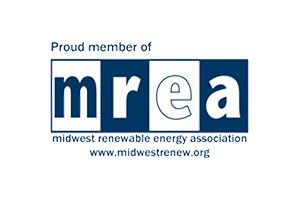

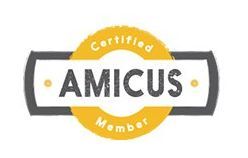
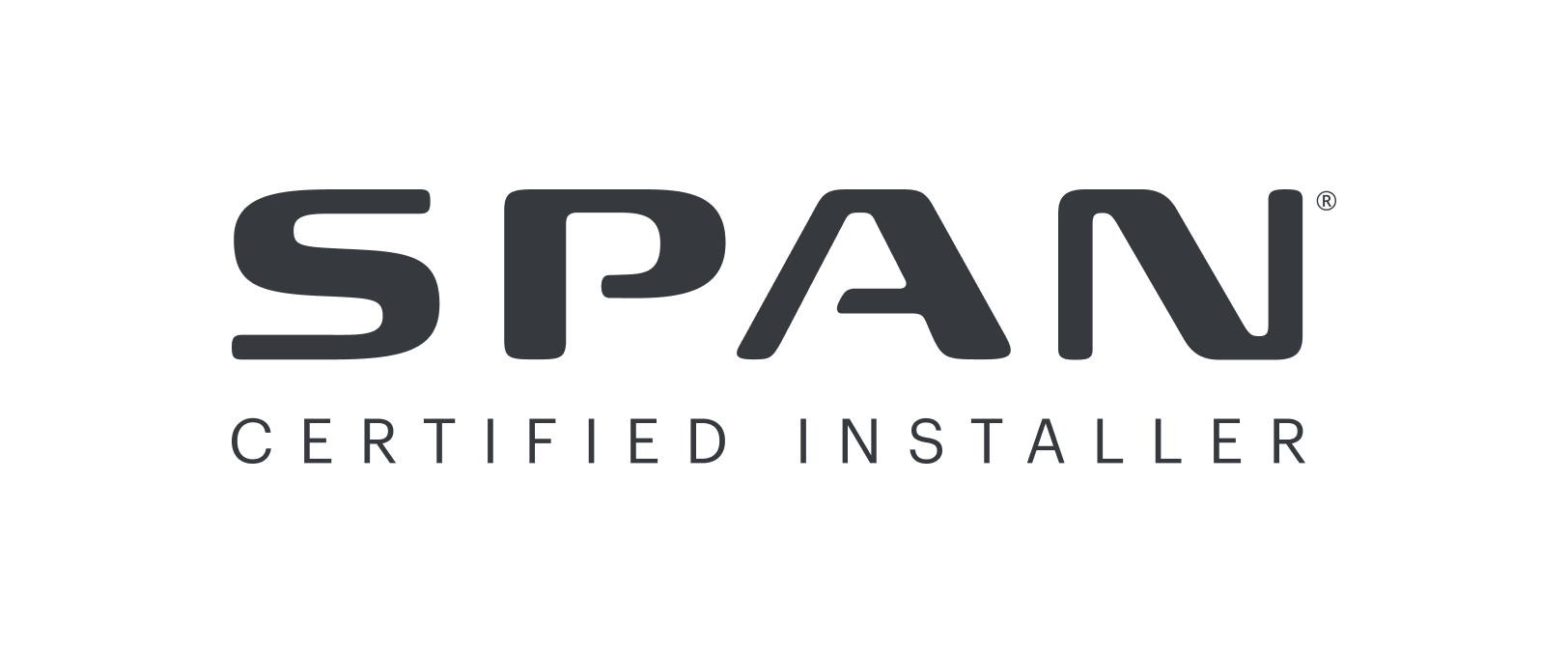

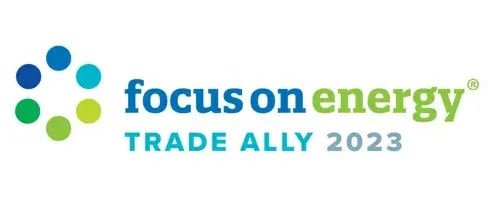





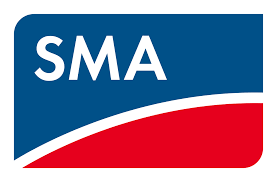
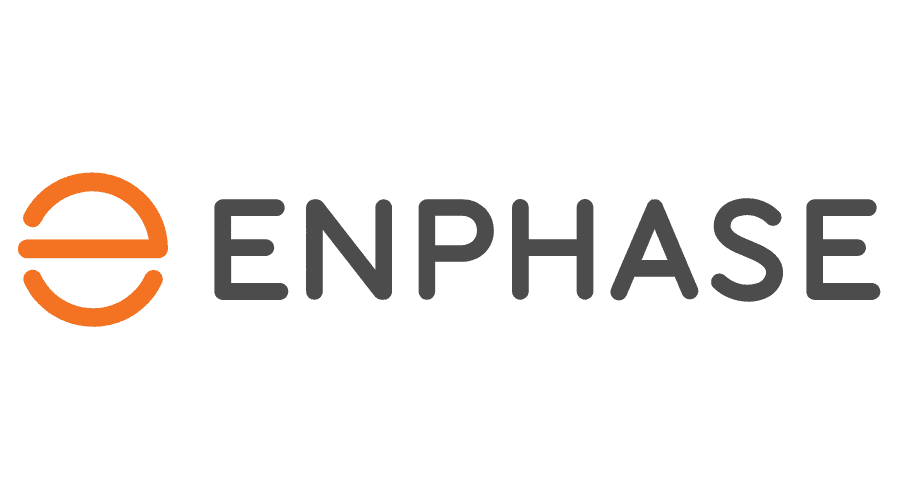
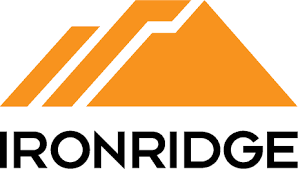





Share On: